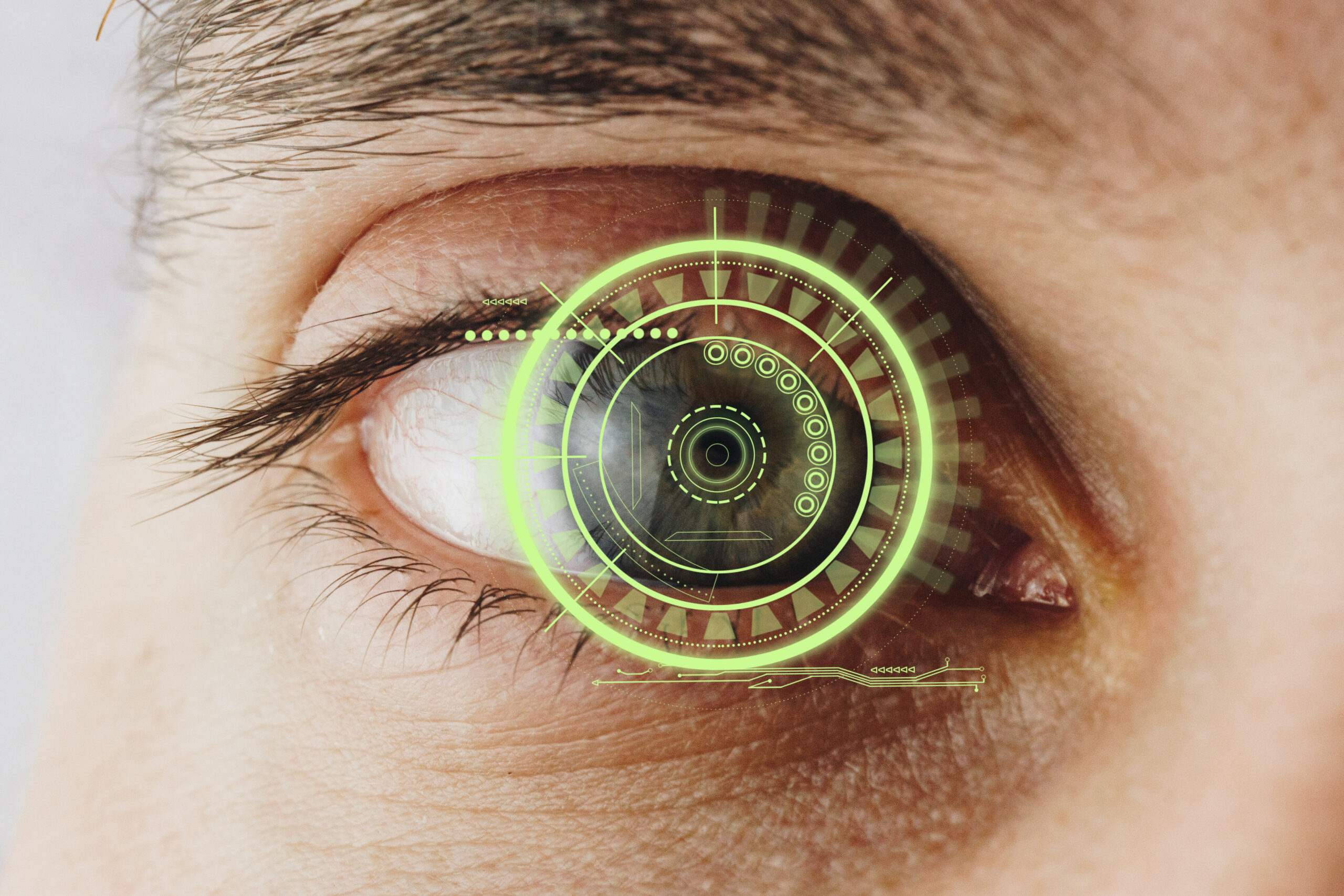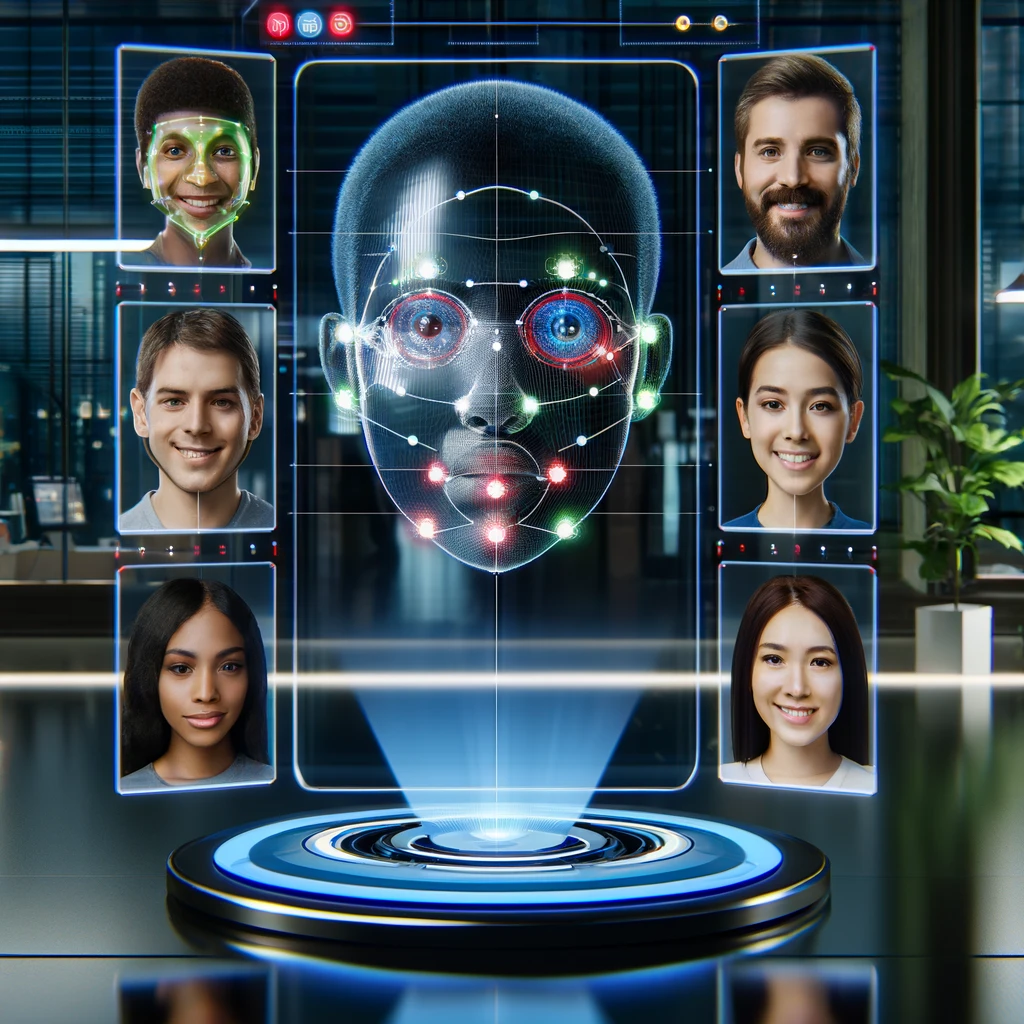In the digital age, biometric research has emerged as a pivotal intersection of technology and human identity. While traditional biometrics have been centered around identification, the new frontier, behavioral biometrics, delves deeper into understanding human emotions and behaviors. At the heart of this evolution is Facial Emotion Recognition (FER).
Understanding Biometric Research
Biometric research traditionally focused on physiological attributes like fingerprints, iris patterns, and voice recognition for identification and security purposes. However, as technology advanced, the scope expanded to encompass behavioral patterns, giving rise to the field of behavioral biometrics.
Behavioral Biometrics: Beyond Identification
Behavioral biometrics is about understanding the ‘how’ and ‘why’ behind human actions. It’s not just about recognizing an individual, but interpreting their emotions, intentions, and reactions. This realm includes keystroke dynamics, voice intonations, and most prominently, facial expressions, where FER plays a pivotal role.
Facial Emotion Recognition: The Vanguard of Behavioral Biometrics
FER stands out in behavioral biometrics as a tool that interprets minute facial changes to recognize and categorize human emotions. Every smirk, frown, or smile is a window into an individual’s emotional state. Through advanced algorithms and vast datasets, FER systems can decode these expressions with remarkable accuracy.
Applications of FER in Behavioral Biometrics
Enhancing Focus with Attention Analysis
The Intricacies of Attention: Attention is a pivotal aspect of cognitive behavior, representing our ability to filter out distractions and concentrate on task-related elements. NASA Langley’s research introduced the “engagement index,” a metric derived from EEG power bands, to control task allocation adaptively. Another significant study established two attentional states: high vigilance and low-alertness mind-wandering. The latter is characterized by specific EEG spectral power shifts, providing a clear distinction between the two states.
FER’s Role: FER can complement these EEG-based insights by capturing subtle facial cues that indicate shifts in attention. For instance, micro-expressions, eye movement, or even the tightening of facial muscles can provide real-time feedback on an individual’s engagement level. Such insights can be invaluable in settings like e-learning platforms, ensuring content is engaging and capturing students’ attention effectively.
Optimizing Performance through Mental Fatigue Detection
The Impact of Mental Fatigue: Often overlooked, mental fatigue has profound implications on cognitive performance. Studies have linked mental fatigue to specific EEG spectral power shifts, particularly in the frontal theta and parietal alpha bands. Such fatigue-related changes in EEG patterns can provide real-time insights into an individual’s cognitive state, enabling timely interventions to optimize performance.
FER’s Role: Facial Emotion Recognition can detect signs of fatigue even before they manifest in overt behaviors. Drooping eyelids, reduced blink rate, or even subtle changes in facial coloration can indicate the onset of fatigue. In high-stakes environments like air traffic control or long-haul driving, FER can provide critical alerts, ensuring safety and optimal performance.
Understanding and Mitigating Stress through Facial Cues
Stress: The Silent Influencer: Stress plays a critical role in shaping our mental state. It’s the body’s response to environmental challenges, be it threats or resource depletions. The relationship between stress and performance is intricate, often resembling an inverted U-curve. Optimal performance is achieved under moderate stress, while both low and high stress can be detrimental.
FER’s Role: While physiological responses like galvanic skin response or pupil dilation can indicate stress levels, FER adds another layer of understanding by capturing the facial manifestations of stress. Furrowed brows, tightened lips, or rapid blinking can all indicate heightened stress levels. In environments like corporate settings or therapy sessions, FER can provide real-time feedback, enabling timely interventions to alleviate stress and enhance well-being.
Ethical Considerations in FER and Behavioral Biometrics
With great power comes great responsibility. The capabilities of FER bring forth ethical challenges:
- Consent: Individuals must be aware and consent to their facial expressions being analyzed.
- Data Privacy: Strict guidelines must govern the storage and use of facial data.
- Bias and Accuracy: Ensuring diverse training datasets to prevent biases across ethnicities, ages, and genders.
MorphCast Emotion AI: Pioneering Ethical FER in Behavioral Biometrics
MorphCast’s Emotion AI stands as a beacon in the FER landscape. While it harnesses the power of facial emotion recognition to understand human behaviors, it does so with an unwavering commitment to ethical standards, ensuring transparency, consent, and data protection.
Conclusion: The Future of Biometric Research in Behavioral Biometrics
As biometric research continues to evolve, the spotlight on behavioral biometrics and tools like FER becomes increasingly significant. They promise a future where technology doesn’t just recognize us but understands us. As we navigate this promising frontier, it’s imperative to balance innovation with ethical considerations, ensuring a future where technology enhances human experience while respecting individual rights.
Did you like this article? Read more about Emotion AI and Attention Tracking.




